7 plants to prune in January for the best spring growth
Prune these plants in January for a year of bountiful blooms
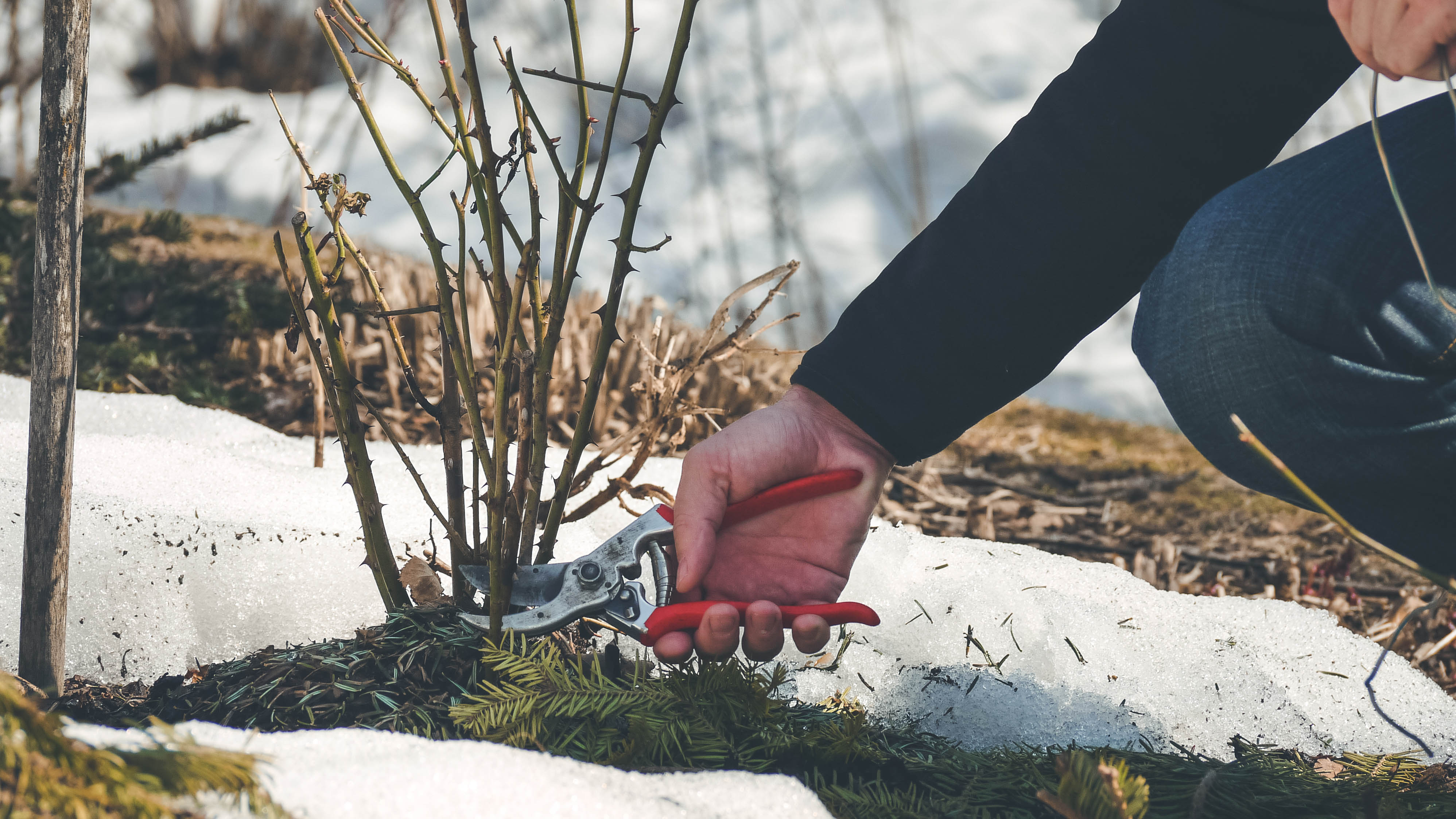
Winter is not the most glamorous time for a gardener and you don’t often get to enjoy the fruits of your labor during this season. However, it is an important period for maintenance and one that will deliver results come spring and summer.
One key aspect to winter gardening is pruning the right plants. The best pruning shears can cut away old or dying vegetation, and encourage the plant to divert fresh energy towards new, healthier growth. But you also place the plant under strain and this may hinder its ability to flower or fruit that year, if you prune at the wrong time. This is why you have to identify the correct candidates for pruning.
As well as pruning the relevant plants, it’s important to follow a few best practices. So if you want your plants to thrive in the spring, here are seven plants to prune this January
1. Redcurrants
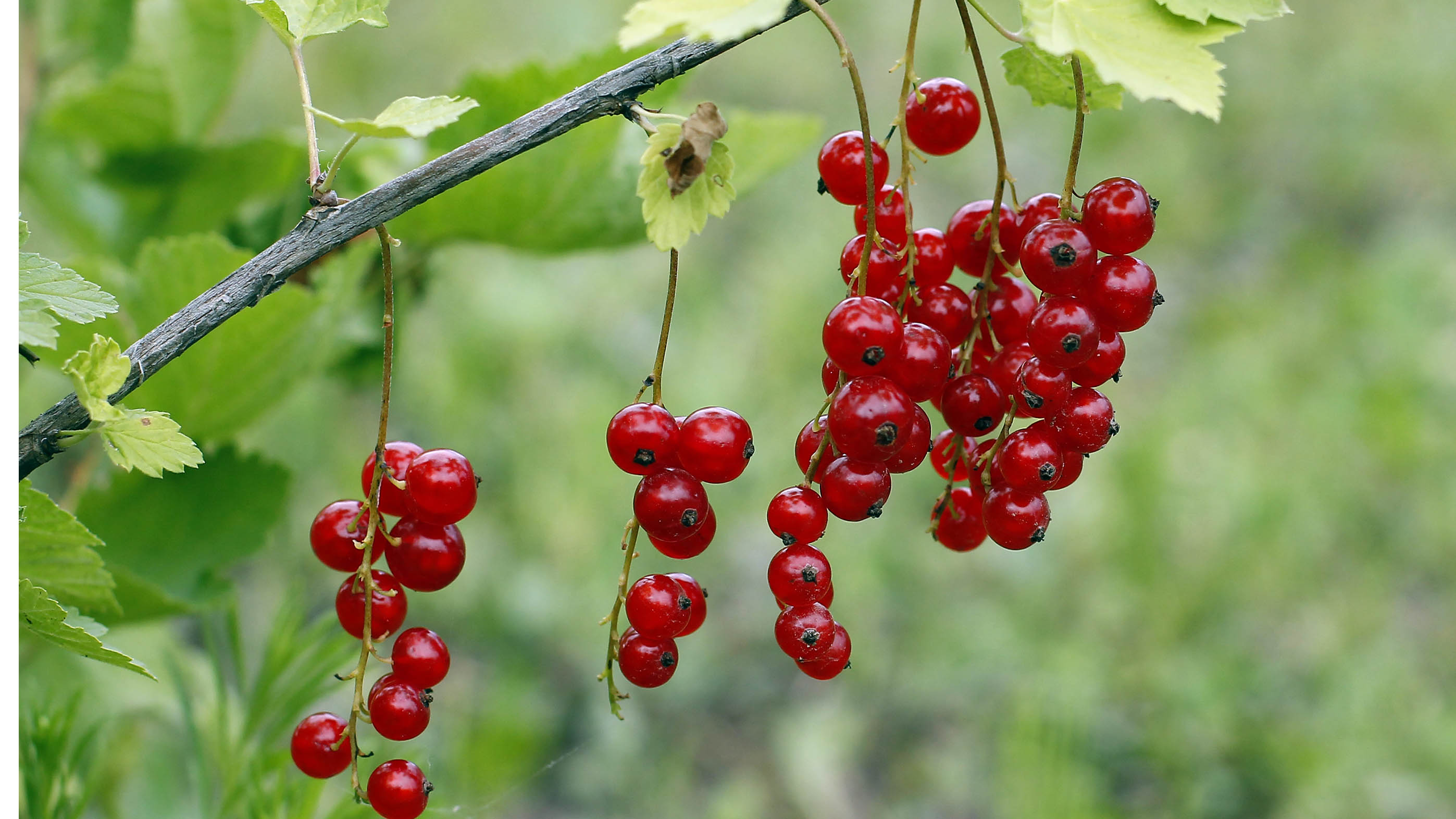
This plant is one that benefits from consistent pruning, since it helps the plant to produce a lot of fruit each year. Its dormant period is the winter, so that is the best time to clip away old growth as the plant won’t be putting all its energy into new foliage.
Since redcurrants grow best on stems that are 2-3 years old, your pruning should be focused on older stems that will be less productive over time. Make sure to take the time to determine the stem age, so that you don’t end up cutting into your prospective fruit crop. The only other stems that should be cut away are any that are damaged or diseased.
2. Roses
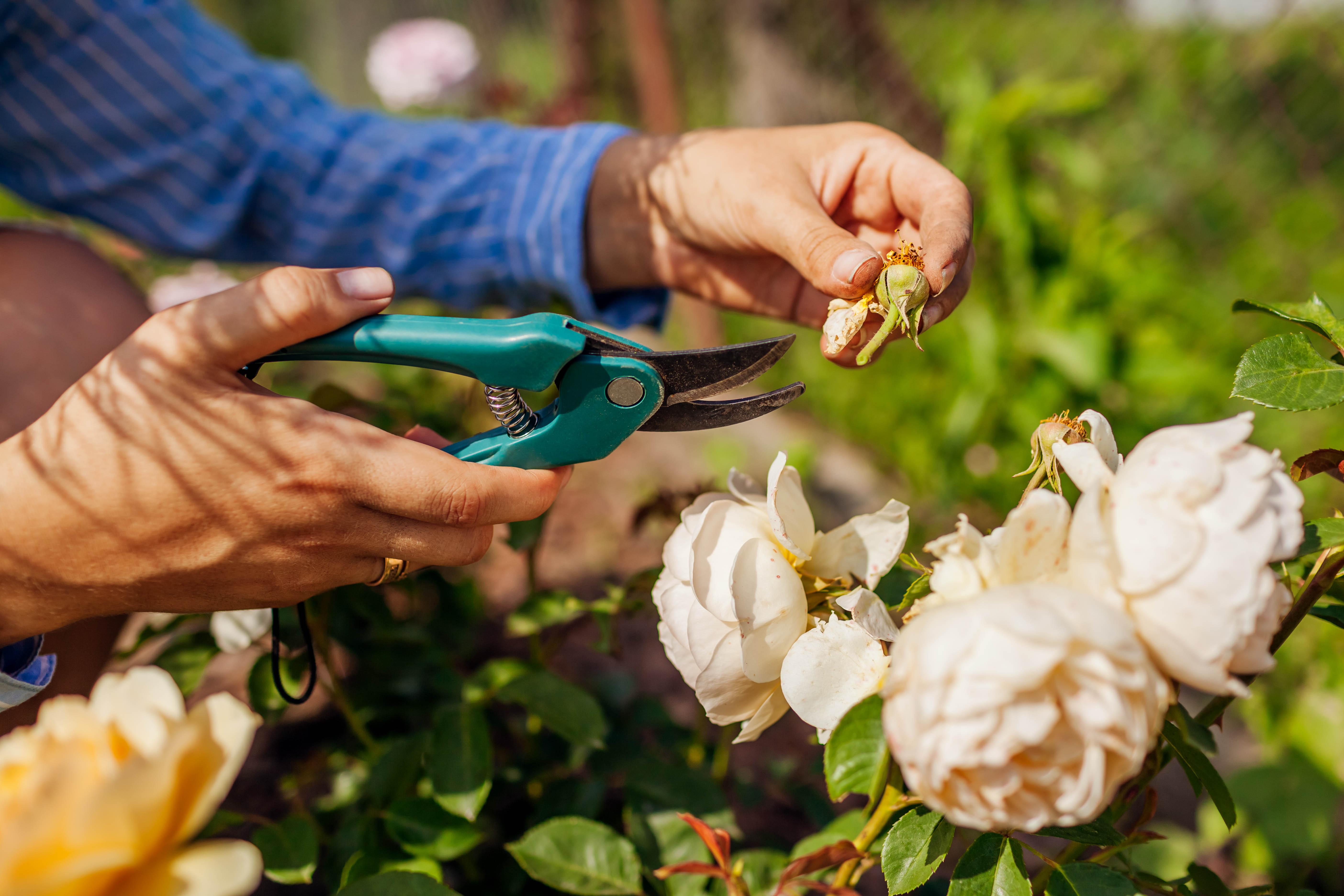
These classic flowers can be quite rampant in their growth, so it’s important to prune them regularly to maintain shape and good health. Since pruning encourages new growth, it’s important to do so either when the rose has sufficient time left in its flowering season or before the season begins, i.e. in winter.
Northern US regions’ winter climates might be too harsh to support pruning without damaging the plant, so this is better suited for southern and warmer climates. When cutting, target dying, damaged or diseased stems, as well as any stems that look particularly weak or that may be crossing over each other.
Sign up to get the BEST of Tom's Guide direct to your inbox.
Get instant access to breaking news, the hottest reviews, great deals and helpful tips.
3. Rhododendrons
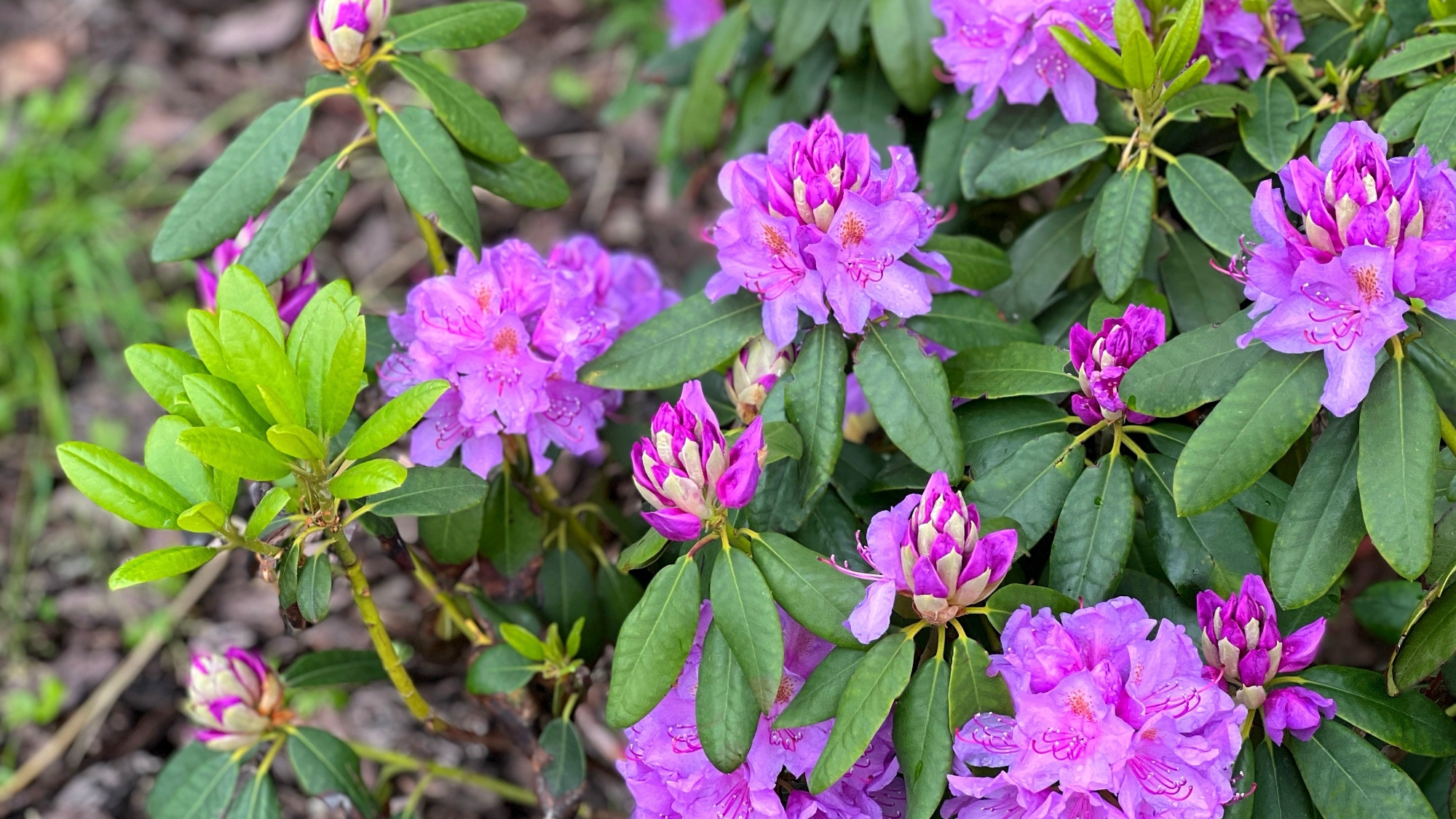
While rhododendrons don’t need annual pruning, these perennials do benefit from a good haircut once they’ve reached an unwieldy, overgrown state. In order to return the rhododendron to its best condition, you’ll want to cut it down to a more manageable size that will last it another few years. Since you’ll be doing a significant amount of pruning, it’s critical to avoid the growing season, so mid-winter is a great time to begin.
Aim for the most straggly growth and any branches that have the greatest sprawl from the original plant site. Don’t cut when the temperatures are especially cold and aim to be done a few weeks before spring, so that you don’t harm that year’s flowering. However, if you do end up reducing the flower volume, remember that this is an investment in years of growth to come
4. Wisteria
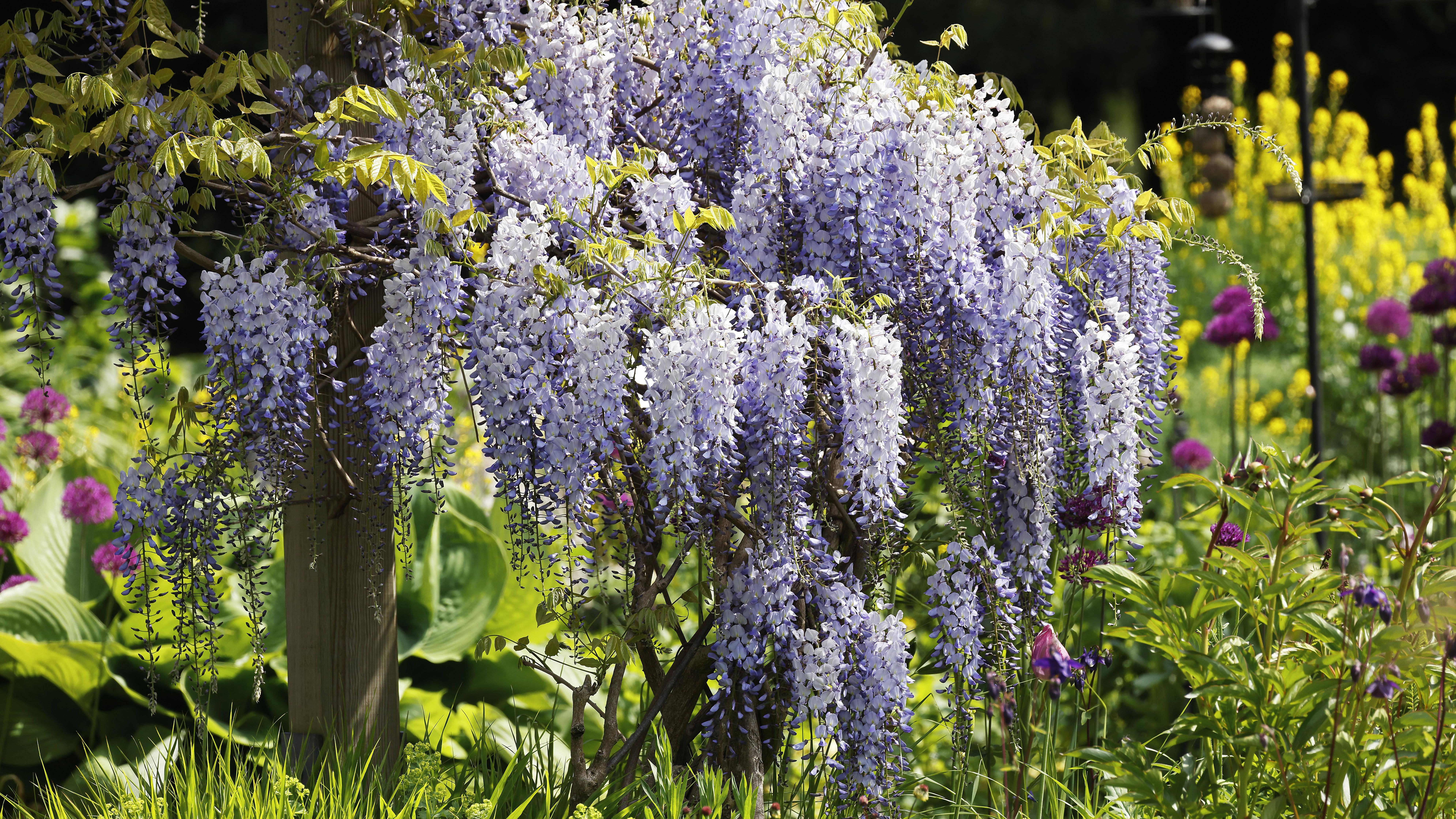
Wisteria is beloved for its elegant swathes of purple blooms, but it takes careful maintenance to get the balance right between foliage and flowering. During its dormant winter season, prune back some of the wisteria’s stems to just a few flower buds; this will encourage the plant to divert its energy towards flowers and not leaves, come the spring.
Wisteria will bloom on both old and new wood, so you don’t need to cut away all of the existing growth to enjoy a bountiful flowering. If you want to conduct some additional pruning to create a more desired shape, then this is okay – just don’t overdo it as this could put the wisteria into shock.
5. Bougainvillea
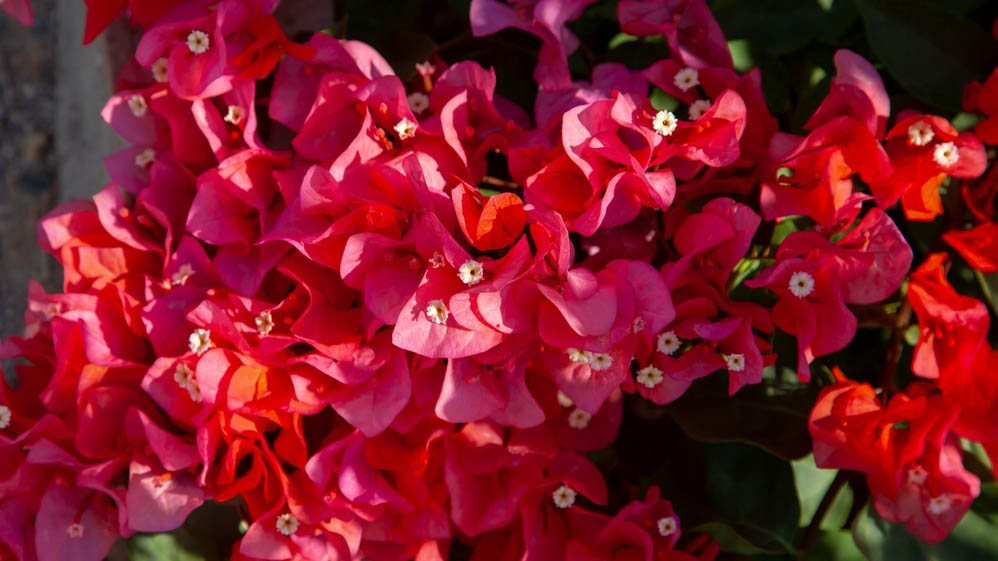
Pruning is more of a requirement than a choice when it comes to bougainvillea. This vibrantly colored flowering species grows quickly and spreads as a crawling vine, so lack of proper maintenance can result in a leggy, sprawling mess. To help maintain the shape and flowering health of the plant, it’s best to prune bougainvillea during the winter when it is semi-dormant.
Bougainvillea requires new wood for flower growth, so pruning is critical to remove any dead or damaged stems and encourage fresh blooms. You can get away with quite substantial pruning at this time and it’s the best season to make some major structural change, if needed.
These G&F rubber and latex work gloves offer excellent value per single pair. The heavy-duty gloves has a non-slip texture and comes in four sizes. An excellent all round performer and ideal for handing out to use for community projects.
6. Late-Fruiting Raspberries
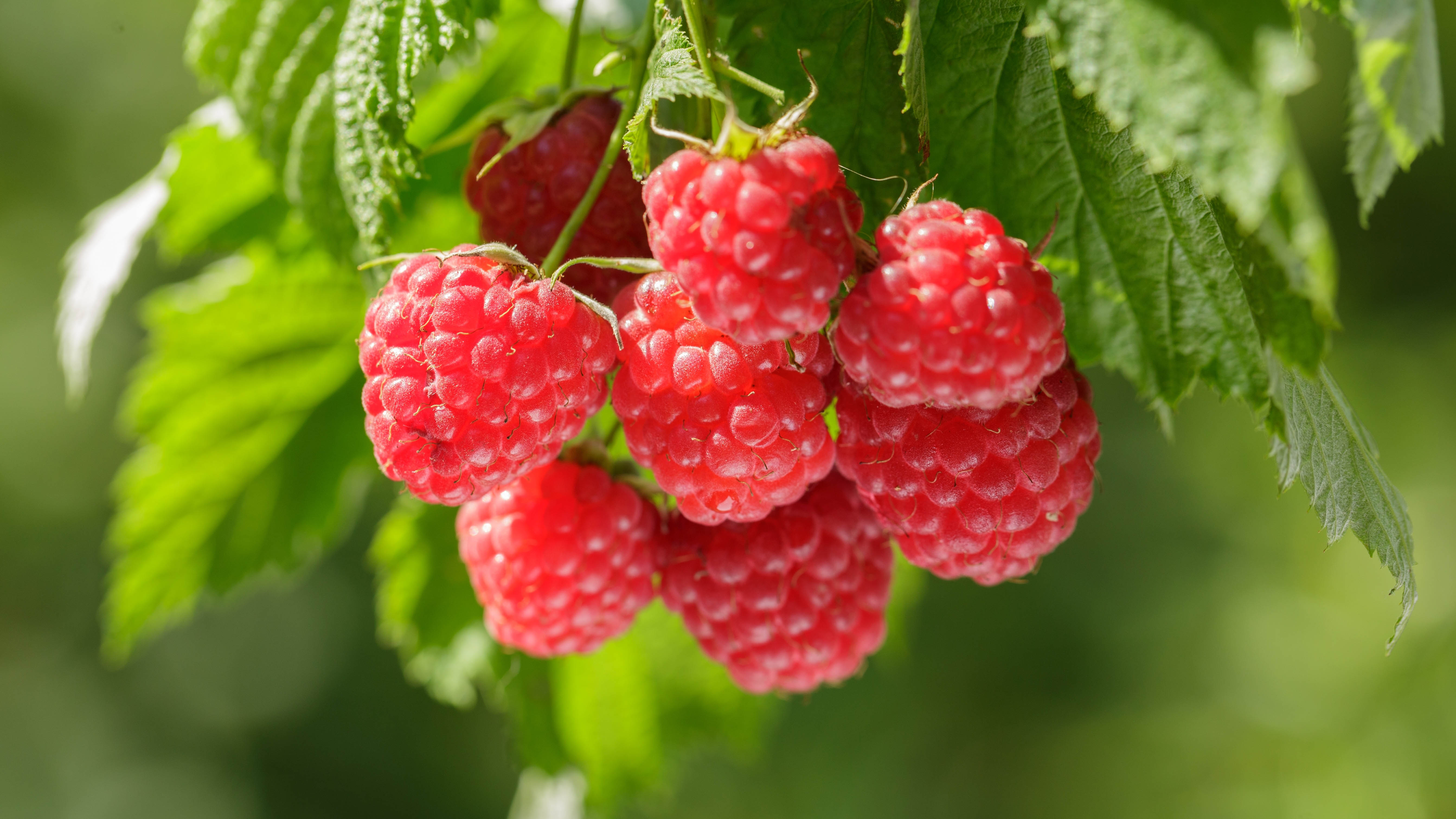
There are two main species of raspberry: summer-fruiting and fall-fruiting, also known as late-fruiting raspberries. If you have the latter type in your garden then you’ll still be enjoying fruit through the later period of the year, which will delay your pruning schedule. For these berries, January is an ideal time to begin cutting – and you’ll need to prune the canes all the way down to the ground.
This is because late-fruiting raspberries both flower and fruit on new wood exclusively, so there is no value in keeping the old wood for another season. Removing all the old canes will free up the plant to dedicate all its energy towards sprouting a full crop in a few months’ time.
7. Crepe Myrtle
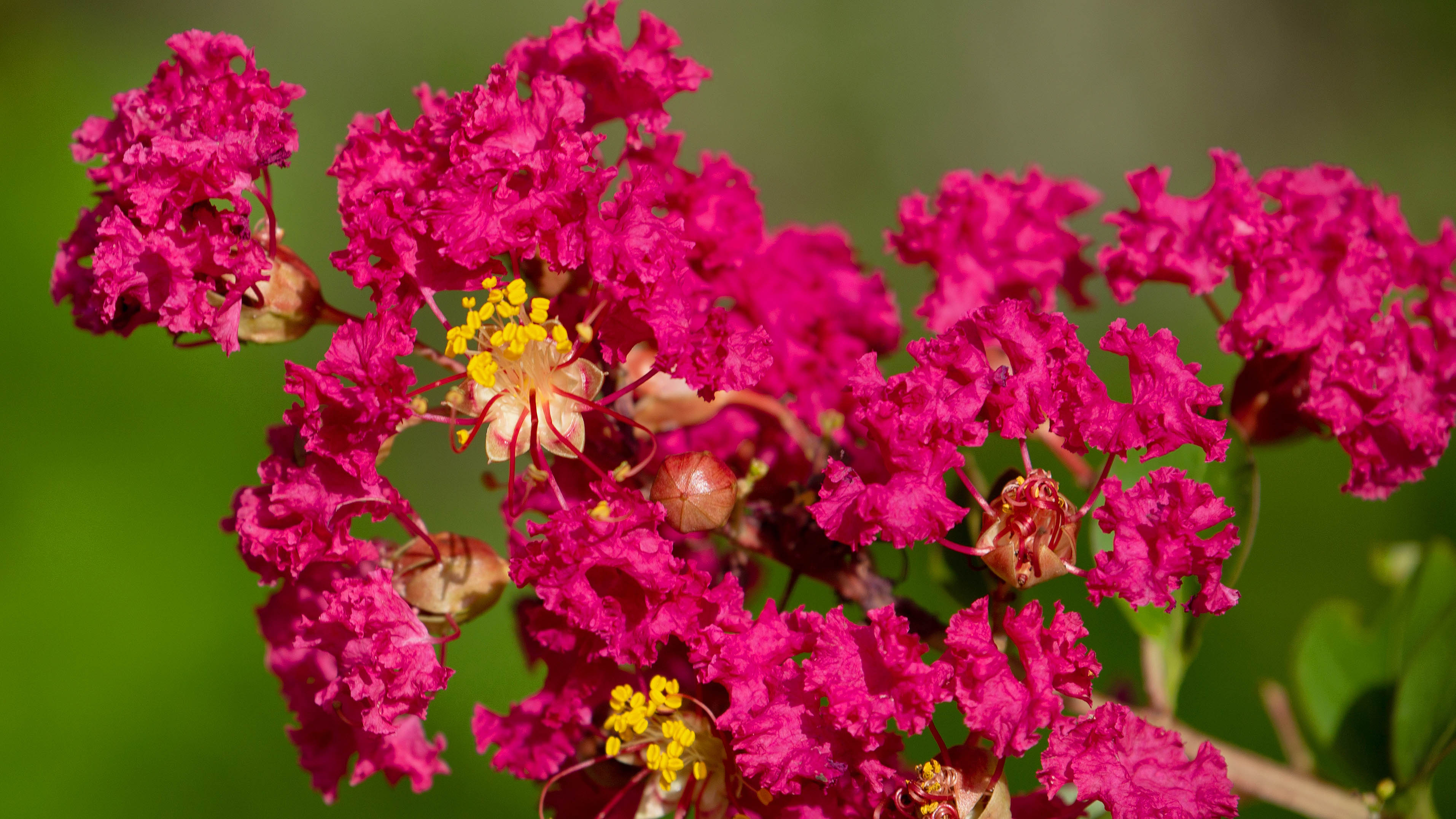
Another plant that flowers exclusively on new growth is the crepe myrtle, which means it’s a prime candidate for substantial pruning. Not only is winter its dormant period, but this is also when its branches are bare of leaves and therefore when it is easiest to assess and cut away old wood as needed. You will want to remove any dead, diseased or damaged branches but also use this opportunity to thin out the overall canopy.
Target any crossing branches and return shape to the crepe myrtle, so that its new growth is attractive and manicured. Avoid using the pruning period to adjust the height of the plant; instead, focus on overall shape and health.
Top tips for pruning plants in January
Firstly, clean shears are critical, to ensure minimal damage to the plant and reduce the risk of transferring any disease. If blunt, you'll need to learn how to sharpen pruning shears to get a precise cut.
Even with plants that are suitable for January pruning, avoid making any cuts during actual freezing temperatures as this can cause shock and potential plant damage. You also want to be sure to follow instructions on how much and where to prune, so that you don’t take off more than the plant needs.
More from Tom's Guide
Madeleine Streets is a writer and content manager based in New York City. She covers an eclectic mix of lifestyle, technology, finance and health and has been published in Tom's Guide, Women's Wear Daily, SELF, Observer, Footwear News and others. Originally from London, Madeleine has a penchant for tea, baking and moody weather. When she’s not writing, you can find her exploring the city’s bookstores, hunting down new restaurants, fostering cats and cheering on Arsenal FC.


